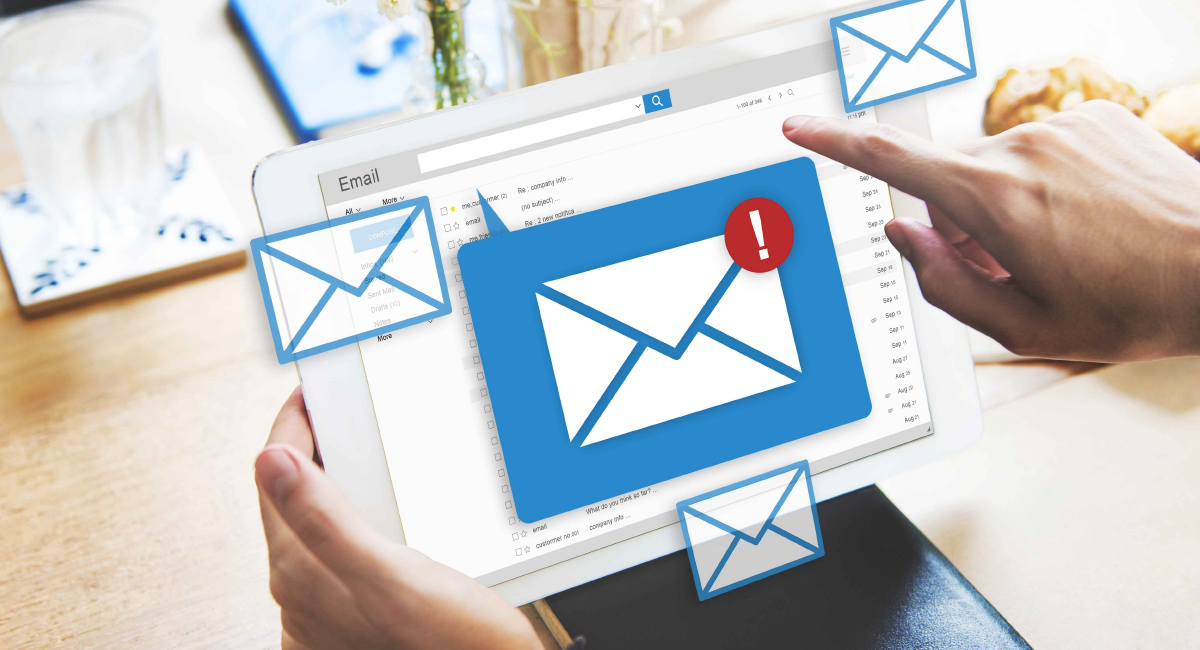
Improve Your Customer Service Follow Up Emails In 7 Simple Ways!
Today’s marketers can ill-afford to relax after completing a sale. The immediate post-sales phase is a vulnerable time, for customers with expectation mismatch can cause great damage. Post service follow-up is a sure-shot way to generate a positive impression and set right any shortcomings. The easiest, convenient, and effective route to enhance customer satisfaction is a quick and genuine follow-up email. A follow-up email is easy to write, but can just as easily go wrong. Moreover, a generic follow up email is not usually good enough. Most customers would not respond, that is if the email is not caught in the spam filter and the customer actually bothers to open it in the first place.
Here are some ways to improve customer service follow-up emails.
1. Remove any Unambiguity
A simple “thank you” email is a great way to stay in touch with the customer after the work is over. However, make sure the email is unambiguous, and the customer knows it is just to say “thanks” and there is no residual work for the company to fulfill.
Apart from thanking the customer for making the purchase or interacting with the company, take the opportunity to keep lines of communication open and in a way to convert a simple transaction into a relationship. A line of text in the follow-up email, offering links to social media pages, or any other promotional content will not be out-of-place and would go a long way in growing the business.
Closely related to the “thank you” mail is the “welcome abroad” mail, which becomes relevant when selling a subscription-based service, or when the product purchased by the client involves long-term maintenance, or support in-built into the purchase.
A personalized approach works best. Include the customer’s name, and use it at the beginning of the message, to create a personal and powerful connection.
2. Seek Feedback
In today’s age of high competition, high-quality work is the basic expectation. Taking feedback, and acting on it, improves work quality. It triggers continuous improvement, plugging the defects or shortcomings the next time, to eventually deliver impeccable service consistently. Feedback also keeps the workforce on their toes.
Seeking feedback also creates a favorable impression on the customer, and boosts customer satisfaction either way. Negative feedback offers a chance to make amends for any misunderstandings or unsatisfactory work. Positive feedback reinforces the good impression and serves as a motivator for the workforce. Positive feedback is also the best advertisement.
Ask high impact questions such as if the customer is happy with the purchase, the quality of service received, and if there are any further questions. Collect feedback on not just the product or service offered but also associated high-stake items such as customer service channels, website experience, and any other item to improve the customer experience further.
However, do not overdo the feedback request. The customer’s time is precious and they have better things to do than pander to a detailed feedback request.
3. Seek Product Review
Seek a product review as part of the follow-up email, or make it the core focus of the email itself. Product review or actual customer experience closely relates to feedback, but is more objective or generic in nature. Both genuine feedbacks and reviews are worth its weight in gold considering today’s highly aware customers who tend to seek out genuine experiences rather than believe the marketing pitch blindly.
Product review emails are also a good way to assess brand performance, and make improvements.
4. Encourage Repeat Business
It costs five to 25 times more to sell to a new client than to an existing client.
As such, follow-up emails would do well to encourage repeat business with the customer. A discount for repeat orders or simply an assertion “We look forward to serving you again in the future” ends the transaction on a positive and expectant note. Offer a clear call-to-action, such as “click on this link” or “call”. Using such tactics could turn a one time customer into a monthly contract. The customer could be happy with the service, but too lazy to approach the company for a regular job order.
5. Take the Opportunity to Cross-Sell or Up-Sell
The follow-up email offers a great opportunity to up-sell and cross-sell. Recommend value-adding related products. For example, a headphone, a pen drive, a screen protector, or a carrying case all makes perfect follow-up purchases after buying a laptop. The trick is to phase it as suggesting something useful for the customer rather than pushing for more sales.
Never combine the follow-up mail with the order confirmation or delivery email. Keep the two separate.
6. Ask for Referrals
The obvious aim of follow up emails is to promote the brand and get additional business. Seek referrals in the follow-up email, to reach a new audience.
Delighted clients make the best brand advocates. As an added sop, some brands offer a referral bonus if the referred person actually buys into the service. Happy customers refer the brand to their friends and other contacts, with or without referral bonus. A recommendation from someone known, and who have actually used the services often tips the scales in favor of buying the product or service.
7. Inform or Educate the Customer
Customer expectations change by the day, and today’s customers expect the brand to not just sell the product, but also engage with them, in the way they prefer. Wooing the customer a little bit does no harm, and informative emails are the best way to keep the conversation going.
Use the follow-up email to inform the customer about anything related to the product or overall service. Seek permission to communicate with the customer, to send helpful information and advice in the form of whitepapers, guides, articles, webinars or anything else, based on their needs and interests. However, be aware of the thin line that separates genuine informational messages and spam.
Related Reading: You may also like to take a look at the top-secret tips to deal with unhappy customers of service businesses.
There is no hard and fast rule as to when to initiate a follow-up email, or how many times to send a follow-up email. The best approach depends on the nature of the business, the customer profile, and the type of transaction. Nevertheless, email follow-ups, when done right, works. According to a V12 Data study, 85% of marketers improve their marketing initiatives through mail campaigns, and 60% of marketers believe email marketing significantly, improve performance. To know how ReachOut Suite can help you enhance your customer experience, get in touch with our experts today!
Sachin Krishna
Sachin works as a part of the digital marketing team at ReachOut Suite. He believes in a healthy and resourceful web and does his own little contributions for the purpose by creating and disseminating innovative and quality content.
More posts by Sachin Krishna


